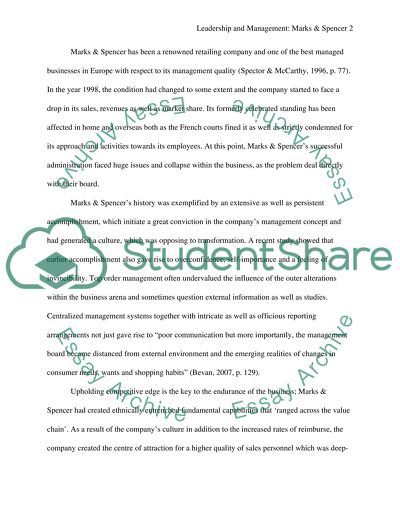Cite this document
(“Leadership and Management: Marks & Spencer Essay”, n.d.)
Leadership and Management: Marks & Spencer Essay. Retrieved from https://studentshare.org/marketing/1400257-leadership-and-management-marks-spencer
Leadership and Management: Marks & Spencer Essay. Retrieved from https://studentshare.org/marketing/1400257-leadership-and-management-marks-spencer
(Leadership and Management: Marks & Spencer Essay)
Leadership and Management: Marks & Spencer Essay. https://studentshare.org/marketing/1400257-leadership-and-management-marks-spencer.
Leadership and Management: Marks & Spencer Essay. https://studentshare.org/marketing/1400257-leadership-and-management-marks-spencer.
“Leadership and Management: Marks & Spencer Essay”, n.d. https://studentshare.org/marketing/1400257-leadership-and-management-marks-spencer.


